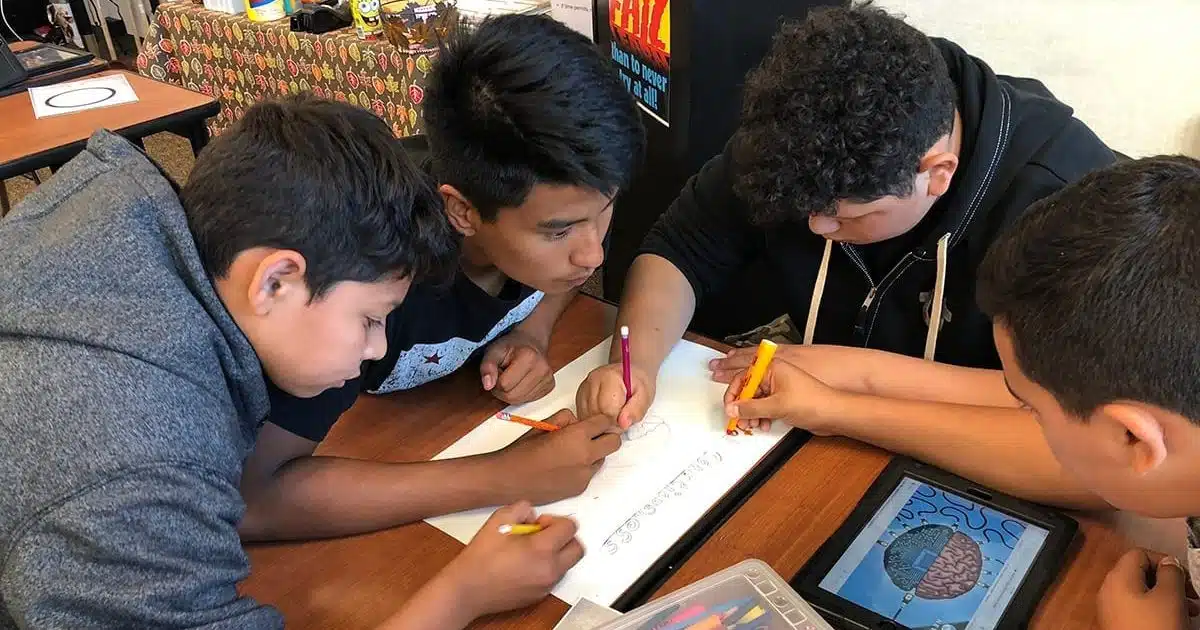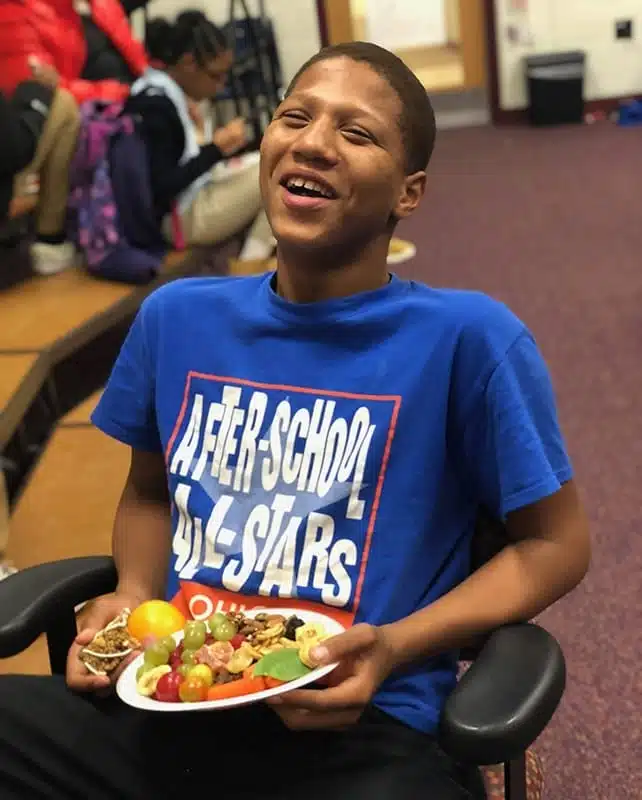

If you’re an administrator, program leader, site coordinator, program manager or frontline staff wondering if you should ask to implement social emotional learning (SEL) this year, don’t ask for it—fight for it!
There’s an undercurrent of pain, loss and deep grief for hundreds of thousands of us across the country and worldwide. It’s a “leftover” from 2020 and it’s still going strong. Alas, there is light ahead, with the arrival of a vaccine and plans for reopening schools, summer programs and afterschool programs in full effect. What does this look like for you?
The Afterschool Alliance reports that pre-COVID-19, afterschool programs served up to 7.7 million students across the U.S. In 2020, over 24 million youth would have attended an afterschool program, if the programs were available. Clearly, programs were closed due to the pandemic crisis. This is a complex issue.
Currently, youth are not only not in a physical school building, but some never even showed up for web-based classes due to lack of access or devices, in addition to a long list of other possible obstacles. We simply don’t know what has happened in the homes of most of the youth we serve. All of these challenges can cause deep trauma. We know that hundreds of thousands of kids are suffering. We simply don’t know the degree of how much suffering has occurred. Further, the majority of the students we serve in afterschool already come from under-resourced communities. This begins to look like trauma on top of trauma. We don’t know who they’ll be when our schools and programs open again.
 You likely already know all of this and know that what we do in afterschool is extraordinary. We offer young people enrichment activities, food, academic support, sports and wellness education, STEM programming, college and career access, and access to exploring their passion. We become their mentors, teachers, siblings, parents and friends. If the school day were run like an afterschool program, learning would be exciting, young people would come to school, behavioral issues would be down, and youth would see themselves for the vibrant, creative contributors they are and will become.
You likely already know all of this and know that what we do in afterschool is extraordinary. We offer young people enrichment activities, food, academic support, sports and wellness education, STEM programming, college and career access, and access to exploring their passion. We become their mentors, teachers, siblings, parents and friends. If the school day were run like an afterschool program, learning would be exciting, young people would come to school, behavioral issues would be down, and youth would see themselves for the vibrant, creative contributors they are and will become.
We’re faced with a new problem to solve: Big trauma. We cannot expect youth to sit in classrooms for seven hours a day after not being in school for over a year, or expect them to concentrate in-person after a year of remote learning or barely any learning at all. There will be learning loss; you can count on it. We cannot expect kids to socialize normally, as they haven’t seen their peers in over a year. Layering in the potential trauma they’ve experienced is an enormous task for teachers, administrators, and frontline staffers in out-of-school time. We have to prepare ourselves. But there is hope!
 SEL, mind-health and mental health needs will need to be addressed with every child. For youth to learn well, we must fight for wraparound services in order to get them ready for school and learning. We must fight for trauma informed and SEL training/support for our frontline staff. It needs to be continuous, not just a “one and done” event. We must recreate our programs and add in dedicated time for mind-health, SEL, and physical activity to ensure we’re taking care of youth in all ways they need. We need to manage and support the whole child.
SEL, mind-health and mental health needs will need to be addressed with every child. For youth to learn well, we must fight for wraparound services in order to get them ready for school and learning. We must fight for trauma informed and SEL training/support for our frontline staff. It needs to be continuous, not just a “one and done” event. We must recreate our programs and add in dedicated time for mind-health, SEL, and physical activity to ensure we’re taking care of youth in all ways they need. We need to manage and support the whole child.
Research shows that SEL provides major benefits in schools and afterschool programs. A meta-analysis of 213 studies found it not only increased test scores by 11 percentile points, but also reduced aggression and emotional distress among students, increased helping behaviors in school, and improved positive attitudes toward self and others.
 A few helpful tips:
A few helpful tips:
If you’re #ReadyforSeptember, share your tips for how you’ll open your summer and fall programs on social media by using the hashtag #ReadyforSeptember.
** Originally posted by the National Afterschool Association: 2/15/2021


Here at kid-grit, we had a wonderfully crazy month in October! Check out this blog post to hear more about what we were up to.

October 26th is the 24th annual #LightsOnAfterschool with over one million after school champions showcasing how afterschool programs serve our communities.